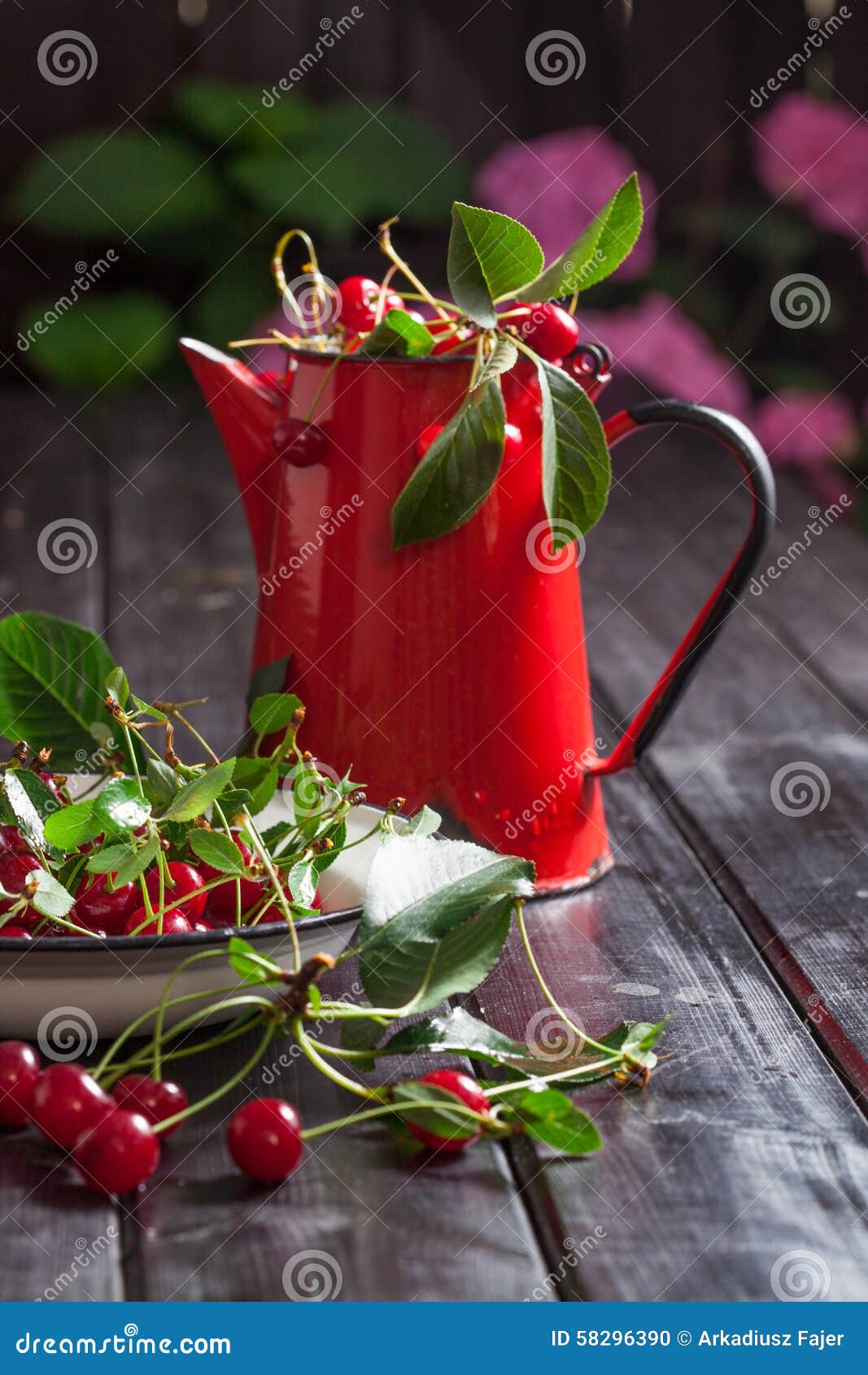

Cherries are, along with plums, peaches, apricots, and almonds, members of the rose family.Ĭherry season will run through August, so you have plenty of time to try different varieties, experiment with recipes, freeze, or just set them out at a party or in front of the TV for snacking. Laura DonnellyĪccording to the "Oxford Companion to Food," the number of cultivated cherries around the world is now around 900 sweet and 300 sour. Some of the seasonal bounty now at farm stands. Heating cherries with the pits still in them increases these flavors, which is why the French keep the pits in clafoutis. Cherry flavor comes mostly from almondy benzaldehyde, a flowery terpene (linalool) and essence of clove (eugenal). After all that, what's left of the original cherry is mainly its skeleton, the cell walls, and skin." Eww.Ĭherries are native to western Asia and southeast Europe, and sour cherries are possibly the children of sweet cherries. In the modern industrial version, light-fleshed varieties are bleached with sulfur dioxide and stored in brine until needed, then infused with sugar syrup, dyed cherry red, flavored with almond extract, and pasteurized. Look for those with plenty of blush, this is where the sun kissed them.Īnd what the heck are those maraschino cherries that taste and look like nuclear candy? I'll let the venerable and often amusing Harold McGee explain what they are, from his book "On Food and Cooking, the Science and Lore of the Kitchen": "The familiar 'maraschino' cherry originated several centuries ago in northeastern Italy and the neighboring Balkans, where the local marasca cherry was preserved in its own liqueur for winter eating. These are lighter and slightly less sweet than dark cherries. The third kind of cherry, available midseason, is the sweet pink or yellow variety, like the Rainier and Royal Ann. If you see these cherries, snap them up, they make the best pies. These are bright red and softer than dark cherries. Two of the more common varieties are Montmorency and Morello. Most sour red cherries are grown in Michigan (about 75 percent of the United States crop, according to Epicurious), and most are destined to be dried or juiced or baked into pies. The flesh of sweet black cherries is a dark red-purple to mahogany color. The French usually leave the pits in the cherries because they impart an additional almondy flavor, but that is up to you. Besides being a swell snack, these cherries are great as part of a cheese platter, especially with tangy, mild goat cheeses delicious in a chicken salad with almonds and green onions brandied folded into ice cream, and in the classic French dessert/pudding, clafoutis. If the stem is still green, all the better.Ĭherries should be stored in the refrigerator and not washed until just before eating. When you buy them at the farmers market or grocery store, look for shiny, firm fruit with the stems still attached. Some common varieties are Bing, Lambert, Chelan, Sweetheart, and Tulare.

These are the stars of cherry pit-spitting contests, a big deal in Michigan, with the current champion victorious with a spit of 48 feet, 2.25 inches. Sweet black cherries are the dark ones you eat out of hand.

Most of those grown in America are grown out west, although New York, Pennsylvania, and a few other East Coast states grow them. There are basically three types of cherries, the most common being sweet black cherries. Cherry season is upon us and it will come in waves of varieties, so get them while you can.


 0 kommentar(er)
0 kommentar(er)
